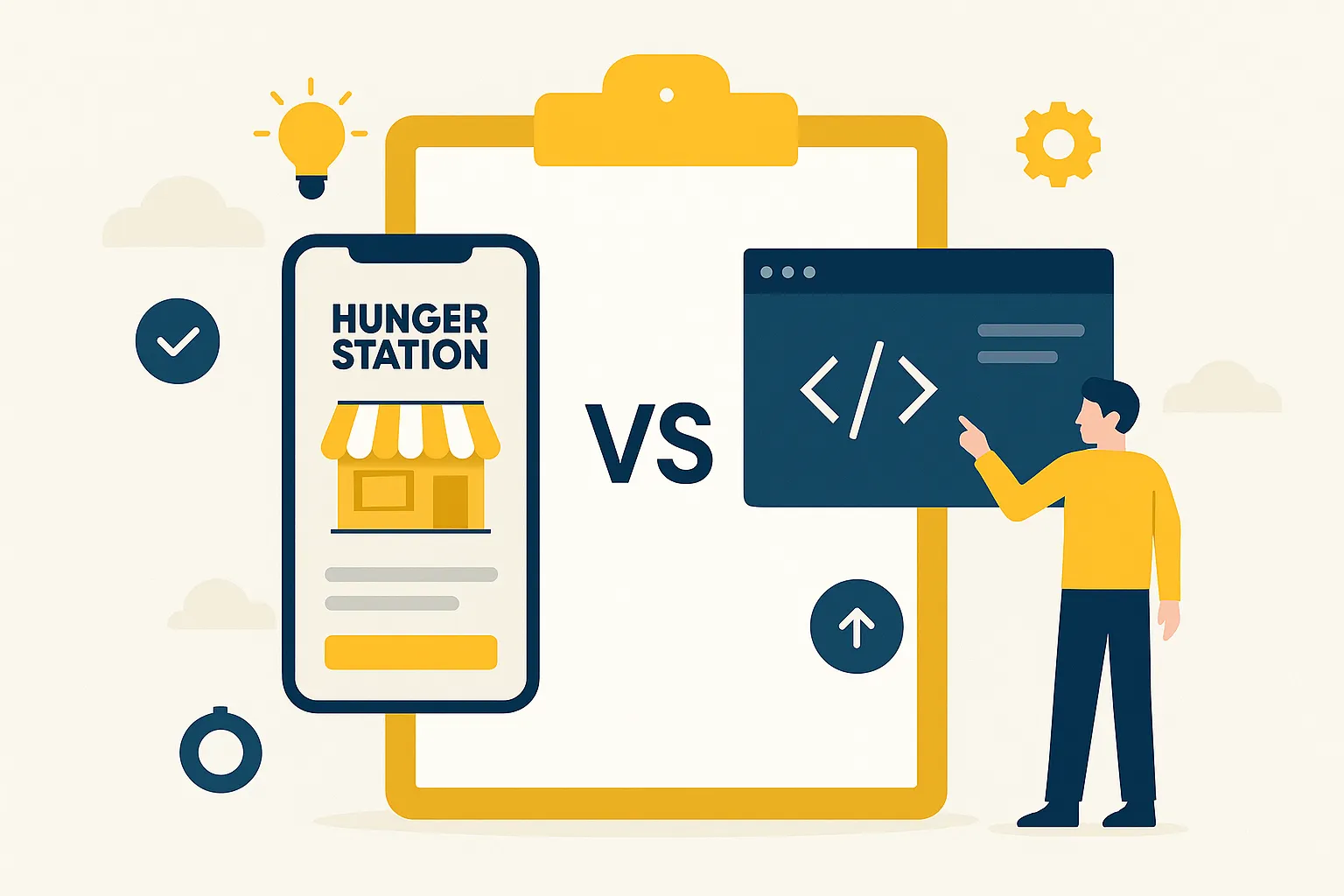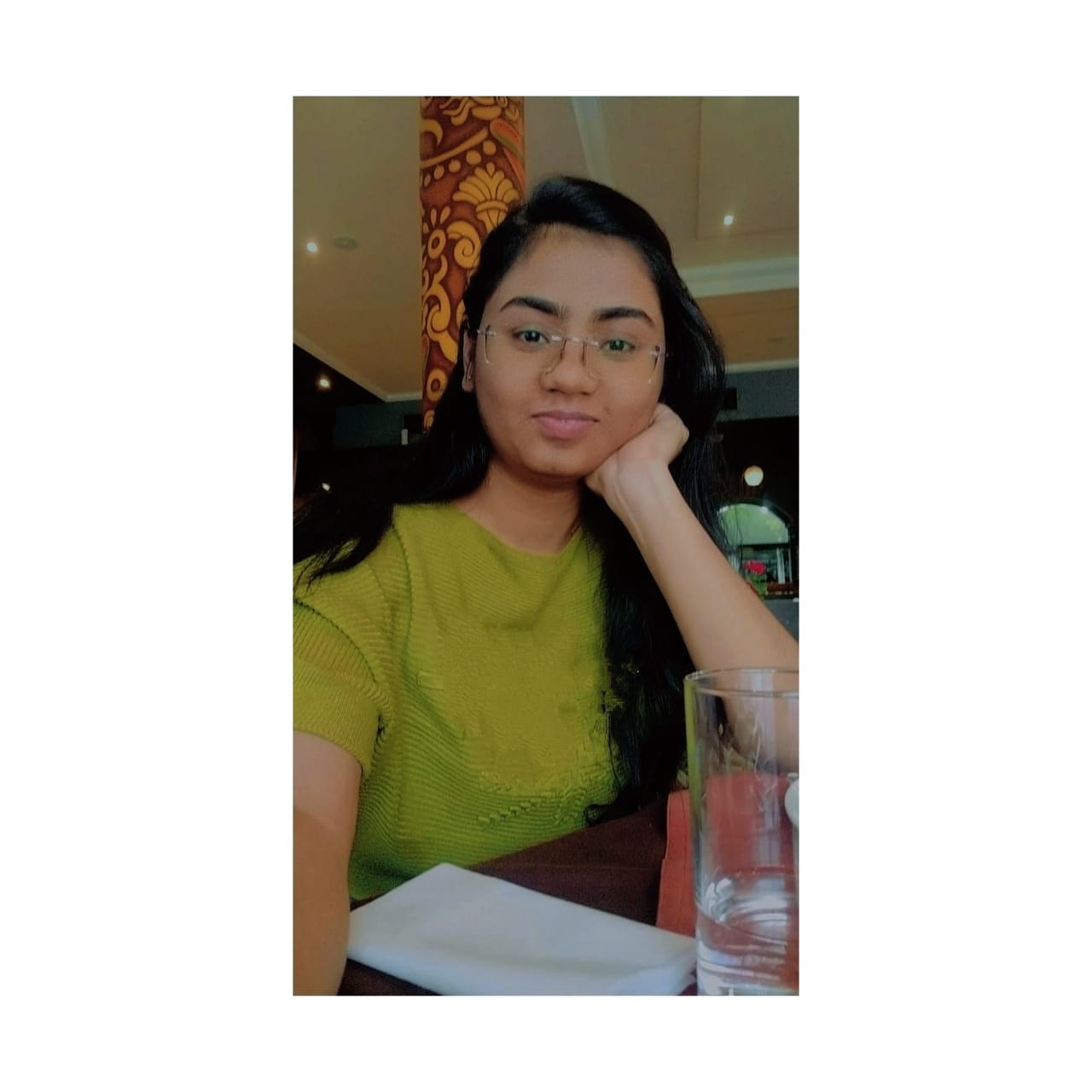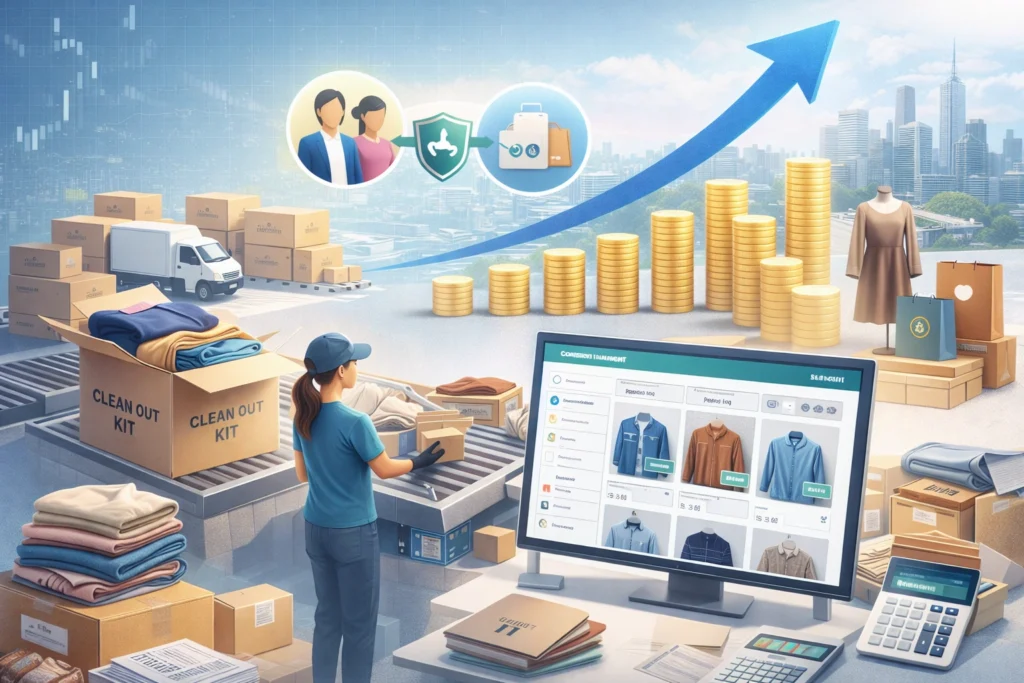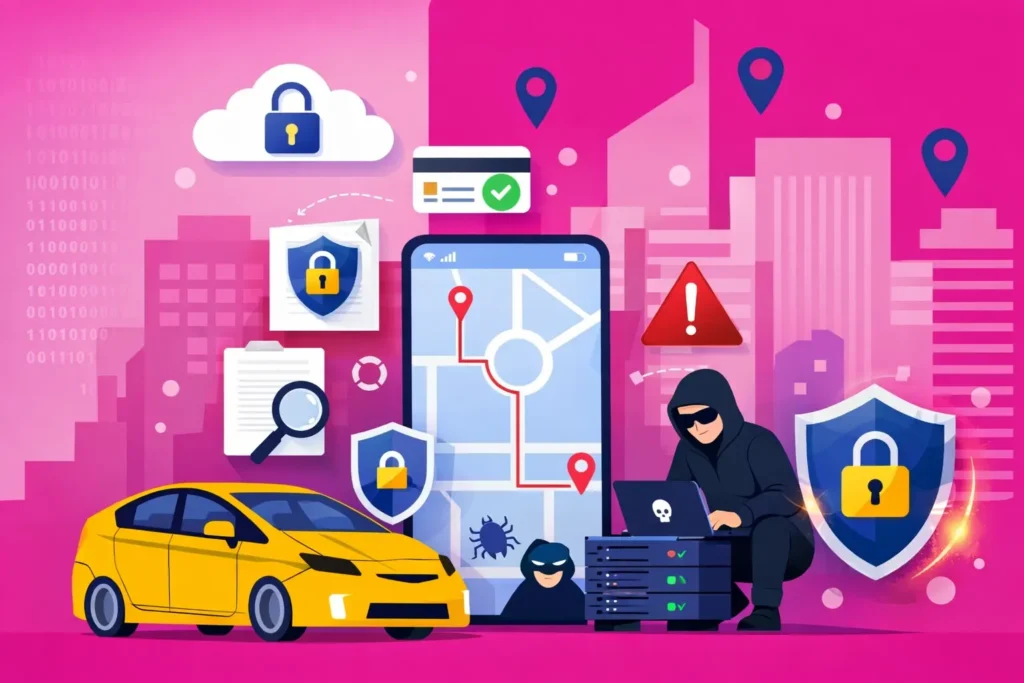Picture this: You’ve just convinced a group of hungry investors that your food-delivery idea will be the next HungerStation clone. Spirits are high, caffeine’s kicking, and visions of slick order-tracking screens dance in your head—until a senior developer whispers the dreaded phrase, “Eighteen-month custom build.” Suddenly that runway looks shorter than a TikTok video. Sound familiar?
Founders tell us the same story on every discovery call: they want the blazing growth of a proven marketplace without the sticker shock, staffing marathon, or sleepless patch-Tuesday sprints that come with rolling a platform from scratch. Between Saudi Arabia’s skyrocketing SAR-36 billion delivery market projection and fierce new entrants like KeeTa, speed isn’t just nice—it’s survival.
Enter the Hungerstation Clone—a battle-tested shortcut that lets startups skip the plumbing and focus on getting orders out the door (and riyals in the door). Today we’ll unpack why more founders pick a clone kit over custom code, sprinkle in fresh KSA data, and show you how Miracuves keeps the engine humming long after launch. Ready? Let’s feast.
Read More : What is HungerStation App and How Does It Work?
Why Reinvent the Wheel When You Can Turbocharge It?
Speed to Market: Because Timing is Everything
In the fast-paced world of mobile apps, being late to the table can mean someone else gobbles up your market. Building a custom app from scratch often takes 8–12 months (or longer), while our HungerStation can have you up and running in weeks—not quarters.
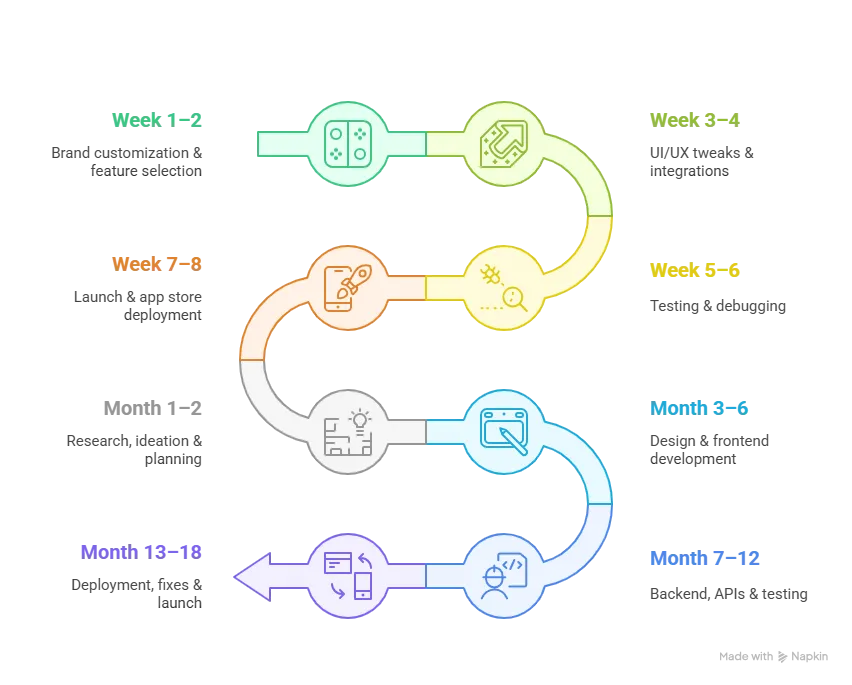
Real-life scenario: Imagine a startup eyeing the Ramadan surge in food orders across Saudi Arabia. A custom app? Missed opportunity. Our clone? Deployed in time for suhoor orders.
Cost-Efficiency: Big Results Without Burning a Hole
Custom apps are like artisan bread—delicious, but pricey. From UI/UX designers to backend engineers, the hours (and dollars) pile up. The average custom food delivery app costs between $50,000–$150,000, depending on features and complexity.
With our HungerStation clone, you skip the R&D and pay a fraction—while still getting premium performance, scalability, and customization.
Read More : Best HungerStation Clone Scripts in 2025: Features & Pricing Compared
Tried, Tested & Tech-Stacked
Our HungerStation clone isn’t a flimsy template—it’s a fully-loaded product that’s been pressure-tested across different markets. From high-traffic Ramadan seasons in Riyadh to student-heavy cities in Turkey, it’s proven its mettle.
Features include:
- Real-time order tracking
- Seamless payment gateways
- Multi-language + multi-currency support
- Smart search & geolocation
- Admin, user & vendor dashboards
Laser-Focused Customization (Where It Matters)
“Wait, isn’t a clone restrictive?”
Nope. Our base app is like a pizza base—you get the essentials (dough, sauce), but we let you choose the toppings. Want to integrate crypto payments? Done. Need a loyalty points engine? Say no more. Whether you’re targeting iPhone-toting foodies or Android-heavy college campuses, we tailor accordingly.
And because the base is stable, your unique features don’t come at the cost of reliability.
Post-Launch Peace of Mind
Most custom app agencies disappear once the final invoice is paid. Not us. Miracuves provides:
- Ongoing support & maintenance
- Feature enhancements as you scale
- Security patches and performance tuning
- Upgrade paths for new OS versions
Think of us as your tech co-founder—minus the equity.
UX That Converts: Designed for Hungry Humans
Our HungerStation clone isn’t just functional—it’s addictive. The UI is crafted with conversion in mind, borrowing from proven UX patterns across apps like Swiggy, Talabat, and Uber Eats.
Micro-interactions, clean navigation, push notification logic, and gamified loyalty—all work together to drive repeat orders. Because let’s face it, hungry people don’t want to think. They want to tap, order, and munch.
Scalability from Day One
Going live in one city is great. Going national is better. Our tech stack is built on microservices, cloud-ready architecture, and database replication—so whether you’re onboarding 10 restaurants or 10,000, performance won’t flinch.
Bonus: We support integrations with POS systems, delivery APIs, CRMs, and even WhatsApp bots.
It’s Not Just the App—It’s the Ecosystem
Launching a food delivery business isn’t just about the app. You need onboarding tools, driver allocation systems, restaurant panels, and analytics dashboards. We bundle the full ecosystem—so you’re not stuck duct-taping multiple tools together.
Clone vs. Custom: The Fork in the Road
Building a delivery platform is like opening a restaurant chain. Custom development is the white-cloth bistro: stunning, unique—and eye-wateringly expensive. A clone is your dark-kitchen franchise model: proven menu, scalable recipe, room for your secret sauce.
Tech Stack Without the Stack Stress
Miracuves’ HungerStation clone ships with microservices, containerized deployments, and multi-tenant architecture baked in. Translation: upgrade modules like “contactless delivery” or “AI-powered ETA” without ripping out foundations.
Cost in Riyals, Not Riddles
A typical custom build in MENA starts near SAR 1.5 million for MVP; our clone trims that by 60-70%, keeping more runway for marketing blitzes and rider subsidies.
Feature Parity + Freedom to Innovate
| Core Module | Out-of-the-Box | Customizable Hooks |
| Live order tracking | ✔ | Swap maps SDK, add AR courier pointer |
| Multi-vendor catalog | ✔ | Plug in grocery vertical |
| Wallet & vouchers | ✔ | Connect to BNPL API |
| Driver heat-map | ✔ | Train ML on your own telemetry |
No code is a prison. Miracuves exposes REST, GraphQL, and event streams so your devs can riff like jazz musicians—without rewriting the whole score.
Monetization Paths Already Baked In
- Commission tiers—Dynamic percentages per cuisine or peak hour.
- In-app ads—Carousel slots sold to restaurants (an $84 M revenue slice across MENA in 2024).
- Subscription (Pro)—Free delivery, priority support; think Amazon Prime but for shawarma.
- Dark-store groceries—Flip a switch; add 15-minute essentials delivery.
Because the clone mirrors HungerStation’s monetization DNA, investor decks go from hypothetical to here’s-the-switchboard.
According to Statista, the global online food delivery market is expected to see significant revenue growth in the coming years, making it an attractive space for startups to enter with the right tech foundation.
Conclusion:
Custom code may woo your inner perfectionist, but a HungerStation clone hands you the keys to a vehicle already tuned for Saudi roads. Grab the market, iterate fast, and invest savings in growth—not ground-up plumbing.
At Miracuves, we help innovators launch high-performance app clones that are fast, scalable, and monetization-ready. Ready to turn your idea into reality? Let’s build together.
FAQs:
1. Will investors frown on using a clone?
Not if the unit economics shine. Many VCs care more about traction and CAC/LTV than whether you reinvented the wheel.
2. Can I tweak the UI so it doesn’t look “copy-paste”?
Absolutely—our design system supports custom themes, layouts, and brand assets without touching underlying logic.
3. What about future features like drone delivery?
The microservice architecture means you can spin up new services (hello, drone dispatcher) and plug them into the existing event bus.
4. How do restaurant partners integrate?
We ship with POS connectors (Oracle, Foodics) and an open API for custom systems—so onboarding stays painless.
5. Is compliance for KSA taxes included?
Yes. Our clone supports ZATCA e-invoice and VAT reporting out of the box, with automatic updates as regulations shift.
6. How long until my first order goes live?
Typical deployments take 3-9 days including white-labeling, payment gateway setup, and pilot city launch.
Related Clone :
- Build a Food Delivery App Like ChowNow: Business Model, Features, and Costs
- How To Build a Food Delivery App Like Baemin: Features, Costs, and Development
- How to Make a Food Delivery App Like Deliveroo: Features, Costs, and Technology
- Create a Food Delivery App Like Swiggy: Key Features, Cost, and Development Process



